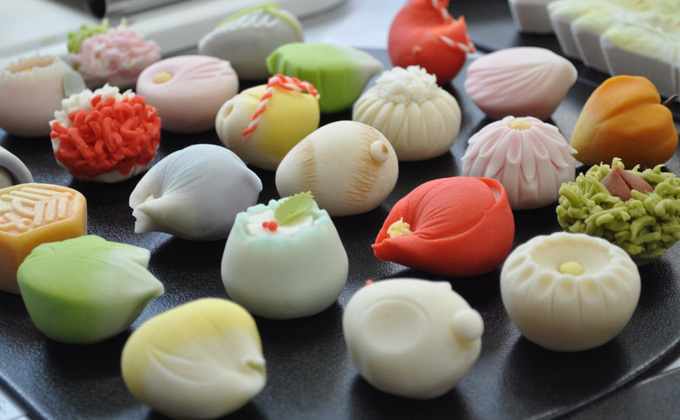Tofu pudding is one of a Chinese desserts made with some soft form of tofu. There are two flavor of this dessert, savoury and sweet. Northern Chinese people and Taiwanese are having savory tofu pudding. Guangdong people are having sweet tofu pudding.
In Hong Kong cuisine, it is served with sweet ginger or clear syrup.Traditionally it made in a wooden bucket. You would able to see this wooden bucket in some traditional Chinese restaurant, some Chinese restaurants in China-town as well, as one of the dim sums. Tofu pudding is best eat in hot. However, a lot of restaurants and markets would serve cold tofu pudding. Hot Tofu is served with sweet ginger, and cold one is serve with clear syrup.
There are several cuisines that people would like to serve with the tofu pudding. The traditional is sweet ginger. Others may mix it with black sesame paste, which is known as “Black & White”, while half of the bowl is tofu pudding, and the other half is black sesame paste. Sometimes would mix it with red bean soup, which people will call it “Red & White.” Others may mix it with mung bean soup, which people will refer it as “Green & White.” Also, you can mix with “Taro Sai mai lo” which is a dessert soup with taro, pearl tapioca, coconut and evaporated milk, people will call this mixture as “Purple & White.” Nowadays, many shops will create various flavours, such as mixed with different kinds of fruits, jelly, or other kinds of traditional Chinese desserts. Although there are different fusion, I think the traditional one with sweet ginger is the best.
This the video that show how to make the tofu pudding in a easy way.
- Tofu
- Syrup

























